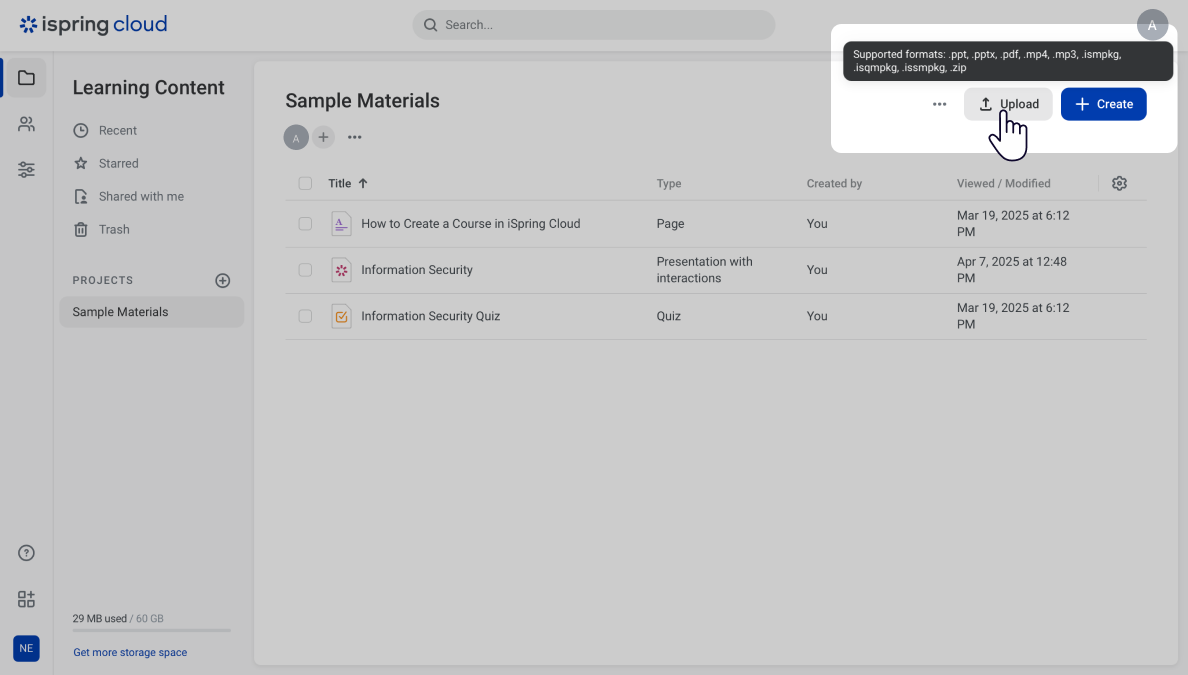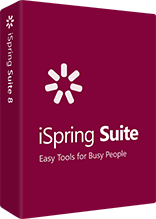How to animate text by letter, word or paragraph in PowerPoint
PowerPoint provides a variety of options to give motion to text. PowerPoint text animation draws viewers’ attention to the key points of your presentation and make viewing experience more fun. You can animate a text object on the slide with an entrance, emphasis, exit or motion path effects. Also there are different options to animate the text box in parts by paragraph or even by letter.
It will take a few simple steps to apply different animation effects to text and make it visually appealing.
- Select a text box you would like to animate by clicking on the frame.
- Go to the tab and choose an animation effect you like.
- To see the whole list of animations, click the button on the tab.
- Now you can configure options for a certain animation. Select animation on the Animation Pane and choose from the drop-down menu.
- Go to the tab and choose the option: “All at once”, “By word” or “By Letter”. You can also set delay between animations in percentage for the last two start animation types.
- In the tab choose the option for the animation: On click, With Previous or After Previous. You can set in seconds for the chosen animation, choose Duration (fast, medium or slow) and number of .
Note: iSpring will read infinity value as a 1 because the conversion engine cannot calculate the length of the slide, which is important to proceed. To work around this, set Repeat to any numeric value, e.g. 99, it will imitate a very long repeated action.
Tip: You can access timing options on the and edit them by moving and arranging different animation tracks.
- If text contains a bulleted list, you can set up the paragraph level till which animation will go in steps. Go to the tab. Choose by what paragraph level you want to animate your text in the drop-down list.
For example, on this slide we have 4 paragraphs with nested levels from 1 to 4. If you set text animation By 2nd Level Paragraphs, two of them will be animated in a sequence while the rest of the bullets (the 3rd and the 4th levels) will be animated at once.
You may notice animation IDs with numbers when you select the text box. Animations with equal numbers will be animated simultaneously.
- Once all the options are selected, click to close the Animation Effects window. You can preview animations in the Animation Pane. To see the final result, go to the Slide Show tab or press crtl+F5 to start playing the presentation from the current slide.
Now you can apply text animations and iSpring will take care of converting them to both Web formats Flash and HTML5.
WordArt text animation
In PowerPoint you can apply WordArt styles to the text.

Stylized text is converted to a raster image with iSpring, therefore, can’t retain the animation. Still you can apply animation to a WordArt object. To do it, right click on the stylized text, choose and this picture into a slide. Then apply animation to the raster image. Note, that you can’t change text or adjust styles after you attach it as a picture.
Play around with animations settings yourself! Download the presentation and convert it with iSpring – gain deep understanding of how text animations techniques work.
Share your presentation online
Want to share your presentation on the Web with all these animations preserved? Use iSpring Cloud AI to instantly convert your presentation to online format, and share it right away via email, social media, shortlink, or embed code.
 If you liked the article, please let us know by clicking the Share button.
If you liked the article, please let us know by clicking the Share button.






